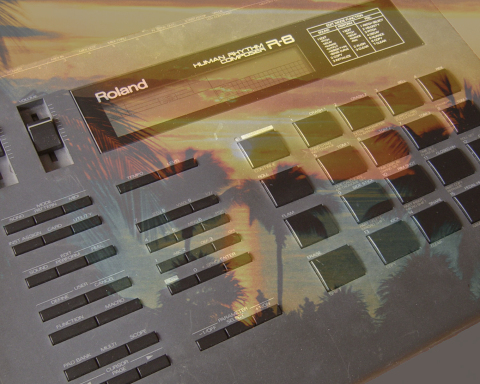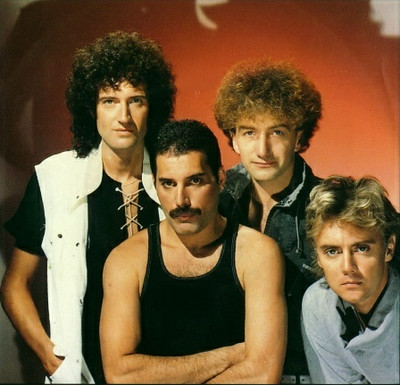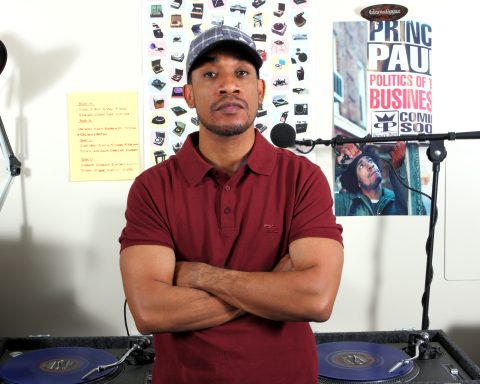When Kevin Saunderson and James Pennington sampled the 1986 Nitro Delux record “Let’s Get Brutal,” they couldn’t have imagined the result would be Detroit techno’s first international success story. “That was kind of the birth,” Saunderson told FACT Mag in 2004. This was the start of Inner City’s first single. Even before the group had a name or members.
Techno Blueprint
Saunderson, alongside childhood buddies Juan Atkins and Derick May, was instrumental in drafting the blueprint for Detroit techno. They became known as the Belleville Three. A nod to the racially divided suburb of Detroit they hailed from. Inspired by late nights listening to funk and early German electronic. Informed by the post-industrial landscape of a dimming Motor City. They drafted the sonic palette for a cultural movement.
With the foundational elements laid out, Saunderson sought to answer one question, “Was the song playable on a big system?” The answer to that lay in its weighty drums. A sound that was defining the nascent genre, all provided by his trusty 909.
A Sound Revolution
The Roland 909 was to house and techno what the 808 was to hip-hop. It introduced several key features that revolutionized the way people wrote electronic music. It was the first drum machine to introduce shuffle. Something that stands out in all Inner City’s records is the way the drums sparkle and shake.
The MIDI capabilities allowed artists to use the 909 to trigger other machines, making the 909 the brains of a studio. Something studio engineer Juan Atkins took full advantage of in the final steps of bringing “Big Fun” to life.
"The MIDI capabilities allowed artists to use the 909 to trigger other machines. Juan Atkins took full advantage of in the final steps of bringing “Big Fun” to life."
The characteristically heavy kick and snappy snares were too heavy for the popular genres of the day. However, they proved an asset for dance music pioneers who craved the kind of weight that dominated large sound systems.
Six months in and Saunderson’s creation was taking shape. It was early in his career and he knew he didn’t have the skills to get down on the keys the way the track needed. So, he enlisted the efforts of Art Forest. The improvised feel of the slithering piano line that drops mid-track provides a deep organic groove to the record. It’s jazzy, fun, and full of energy.
A Chance Collaboration
The record had become a collaborative effort as the future members of Inner City came together. A chance meeting with Chicago’s Terry “Housemaster” Baldwin connected Saunderson with the person who would finally close the loop. Paris Grey, a makeup artist, and former gospel singer who already had experience singing on some Chicago records. One month later Paris performed her silky vocals for Saunderson over the phone, and he knew her call to party was perfect.
“Big Fun” was first released on Saunderson’s KMS Records. It was so sought after that KMS couldn’t keep up with demand. He eventually licensed the track to Virgin subsidiary 10 Records for their Techno! The New Dance Sound of Detroit compilation. The single was the first of Inner City’s five releases to hold the #1 spot in the US dance charts. It peaked at #50 on the US R&B charts and was a number 1 hit in the UK.
Success and Cultural Impact
The overwhelming success of “Big Fun” led the Bellville Three to a UK distribution deal with 10 Records. Without intention, Inner City’s debut single created space for electronic music’s rise to international relevance.
The cultural ramifications of which are difficult to measure. A clear victory for the underground. it was an important step in democratizing the dancefloor. It created a space—at least while the music was playing—where the racial divide was nearly irrelevant.






